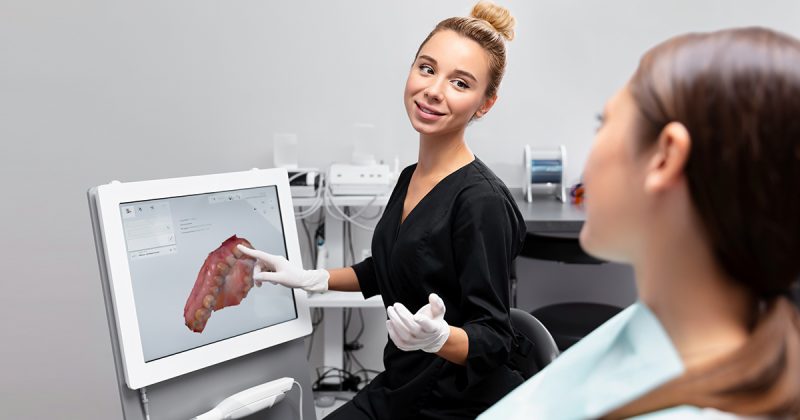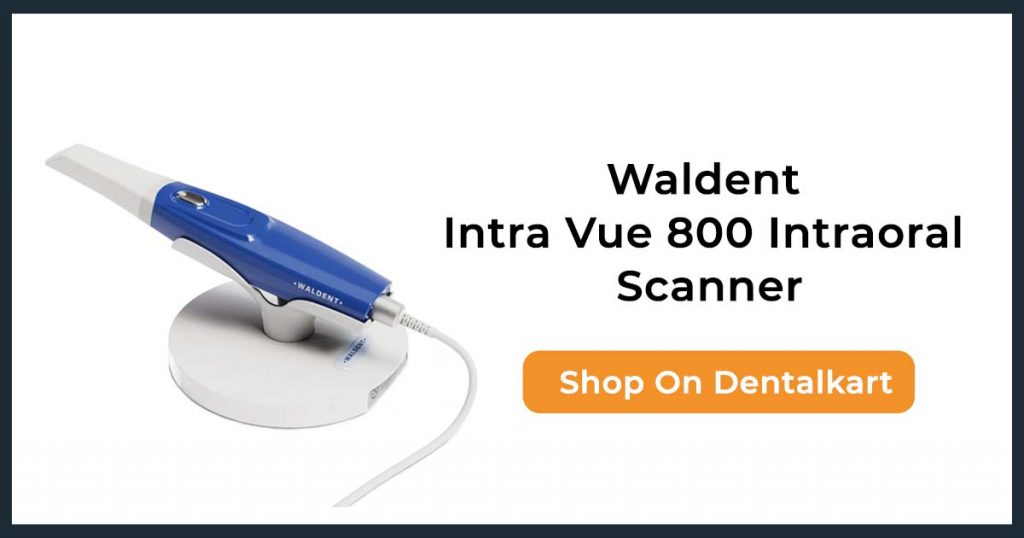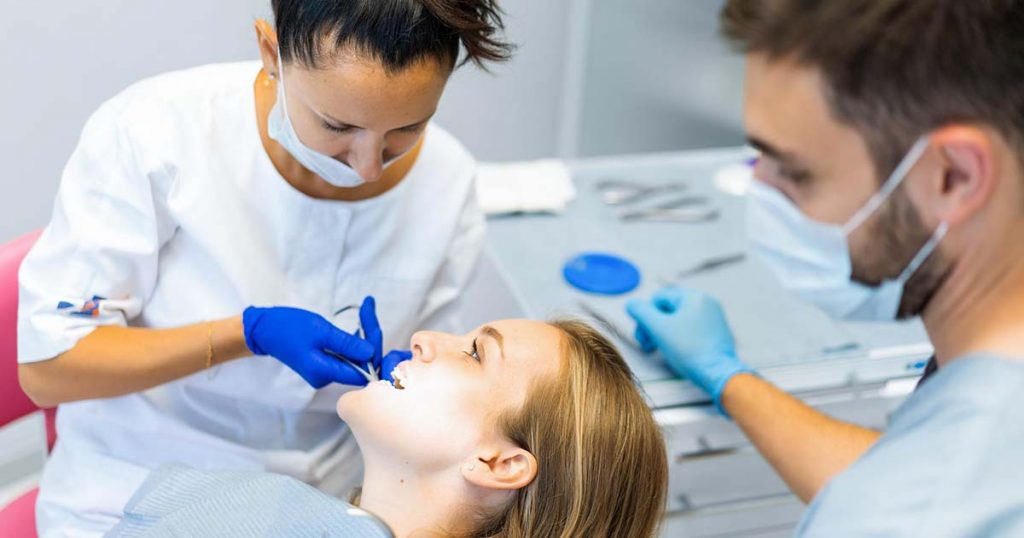How AI Helps Dentists Save Teeth: A Step-by-Step Guide

Ever wished you had a second pair of expert eyes when diagnosing or planning treatment?
As a practicing dentist, you’ve likely experienced that moment staring at an X-ray and wondering if you’re viewing everything that can be seen. Or trying to get a patient to agree to root canal instead of extraction, but they are reluctant.
This is where AI in Dentistry comes in not to replace you, but to assist you. AI is no longer a buzzword. It’s already revolutionizing clinical dentistry, assisting dentists in saving more teeth, enhancing patient outcomes, and operating better practices.
Let’s dissect it into how AI is assisting you practically, right now in saving teeth.
1. Early Detection of Dental Diseases with AI in Dentistry
One of the largest causes of tooth loss? Delayed diagnosis.
Diagnostic software powered by AI is now able to:
- Scan digital X-rays and identify early caries, periapical lesions, or bone loss even before they become perceptible to the naked eye.
- Automatically highlight suspicious spots, eliminating the risk of time-consuming manual checking and the possibility of missing slight indications.
- Compare sequential scans, indicating disease progression more precisely than manual evaluation.
Early detection of caries → Early treatment → No extraction or RCT later is needed.
2. Radiograph Analysis Powered by Artificial Intelligence in Dental Care
Different Software’s could scan intraoral X-rays and panoramic radiographs within seconds.
They can:
- Measure bone levels to assess periodontal status
- Define restorations, root canals, and carious lesions
- Identify cracks, root fractures, or missed canals in RCT scenarios
And all of this is visual so you can present it to patients for improved treatment acceptance.
3. Enhanced Dental Case Planning and Simulation with AI Technology
Especially in orthodontics, implantology, and endodontics, AI can predict treatment outcomes based on digital data:
- CBCT scans
- Intraoral scans
- Photographs
You can utilize AI to:
- Plan the ideal implant position
- Make orthodontic tooth movement decisions
- Navigate complex root canal anatomies
This decreases the likelihood of procedural mistakes and thus maximizes tooth survival.
4. Predictive Analytics in Dentistry: AI for Risk Assessment
Equipment such as Intraoral Scanners can be used to improve the results and quality of the treatment offered.
Through machine learning, AI can process patient history to:
- Detect patients who are high risk for periodontitis or tooth loss
- Inform you of non-compliance in hygiene or recall appointments
- Forecast which teeth are most likely to fail in the next 3–5 years
Picture having a dashboard detects patients who require priority prior to the onset of symptoms. This allows you to transition from reactive to preventive care.

5. AI Helps Endodontics: Root Canal Success
Endodontic success hinges on:
- Accurate working length
- Proper canal identification
- Thorough cleaning and obturation
AI technologies now aid with:
- Real-time apex location
- Canal mapping from CBCT data
- Detecting complex root anatomy and curvatures
Some AI software can actually recommend the optimal instrument sequence, dependent on canal anatomy, making RCTs more predictable and decreasing post-op failures.
6. Patient Communication & Treatment Acceptance

Not all the time, it seems, is the challenge in the diagnosis — sometimes it’s gaining the patient over.
AI visual aids:
- Provide before-after simulations
- Illustrate disease progression timelines
- Compare healthy vs. diseased tooth anatomy
These visual aids improve patient understanding and often reduce the “I’ll think about it” delays — especially when the choice is between saving a tooth or losing it.
7. AI in Dentistry Digital Workflow Integration
Modern practices are moving toward:
- Digital scans
- Cloud-based charting
- Automated scheduling and follow-ups
AI helps automate these workflows, which:
- Frees up more clinical time
- Improves patient recall compliance
- Sends alerts for re-treatment or follow-ups when needed
Consequently, this aids long-term preservation of teeth — particularly in maintenance cases (such as post-implant or Perio patients).
8. Training and Skill Enhancement
AI isn’t just beneficial in practice — it makes you improve at your work.
Most dental AI solutions include:
- Learning diagnostic challenges
- Case grading functionalities
- Procedure-guided steps (particularly endodontics and prosthodontics)
You can keep learning from AI feedback, righting mistakes, and enhancing your judgment. That translates into improved treatment plans and more teeth saved.

Is AI Just for High-Tech Clinics?
Not by a long shot. Most AI tools are now:
- Cloud-based, with no hardware needed
- Built into current software such as imaging software and practice management systems
- Suitable for daily use, even in one-chair clinics
Plus, prices are dropping making AI affordable for most dental practices.
Future of AI in Saving Teeth
We’re moving toward an age where:
- AI will assist in real-time decision-making chairside.
- 3D-printed restorations, guided by AI, will be delivered faster.
- AI chatbots will handle patient triage and routine queries.
- Predictive AI may even spot pre-cancerous changes in oral tissues!
All of this translates to less tooth loss, more conservative treatment, and greater success.
Final Thoughts
AI isn’t here to replace you, it’s here to improve your clinical skills, sharpen your diagnoses, and provide you with tools to save teeth more confidently.
From early detection of caries to planning intricate RCTs, AI is making dentists better at what they love to do most preserve the natural dentition.
So, the next time you find yourself wanting an extra brain, eye, or hand while working on a patient recall, AI could be that quiet, clever helper in the background.
Frequently Asked Questions:
1. Is AI in Dentistry more effective at diagnosing dental diseases than a dentist?
AI aids diagnosis by minimizing human error but doesn’t substitute clinical judgment. It’s a second opinion — not a substitute.
2. Is AI costly for small clinics?
Not necessarily. Most AI applications are subscription-based and scalable. Some of them even provide free trials or low-cost plans.
3. Is AI compatible with current X-ray machines?
Yes, the majority of AI imaging software is compatible with digital radiograph systems currently employed in clinics.
4. Can AI assist RCTs?
Yes. It assists in measuring the root canal length, identification of canals, and forecasting complex morphology.
5. Is AI in Dentistry safe and reliable in dentistry?
Yes. These tools are trained on thousands of cases and are continually refining what they do through machine learning.

No Comment